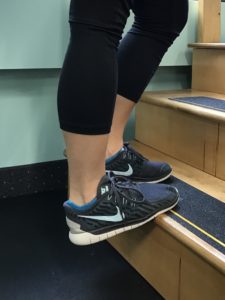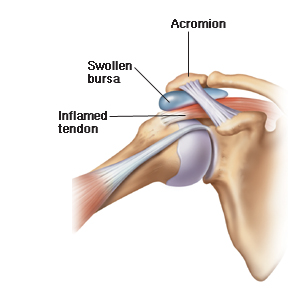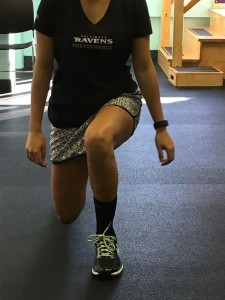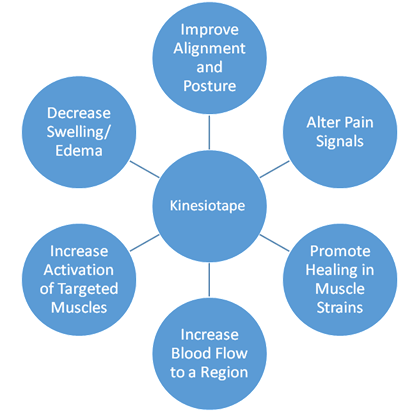An ankle sprain occurs when the ligaments in the ankle are stretched or torn, and most commonly occurs on the outside of the ankle. This occurs when the foot rolls inward, placing excessive stress on the ligaments and can occur during a fall, landing awkwardly after jumping, or running or walking on an uneven surface.
Signs & Symptoms
- Swelling
- Bruising
- Painful to touch ankle
- Painful to move ankle
Treatment
- Within the first 48-72 hours, it is important to utilize the RICE principle (Rest, Ice, Compression, Elevation) to minimize inflammation, pain, and swelling.
- Range of motion exercises in all directions and stretching of the calf muscle will help to minimize loss of mobility and stiffness in the ankle joint.
- Ankle strengthening exercises will increase the stability of the ankle to allow full return to all activities with decreased risk of re-injury.
- Proprioception allows you to sense where your body parts are in space and in relation to the rest of your body. This is accomplished through sensory receptors called proprioceptors located in the muscles, tendons, and joints. Using proprioceptive and balance exercises helps to train this sense, thereby increasing ankle stability. These exercises are an important component to any ankle sprain treatment program.

A physical therapist will devise the most appropriate treatment and exercise plan for your specific injury, progressing you to a point where you are able to return to all functional and sport-related activities. If you suspect an ankle sprain, the physical therapists at Harbor Physical Therapy can evaluate you to determine the degree of injury. Based on the severity, we may refer you to a medical doctor if a more serious injury such as a fracture or complete ligament or muscle tear is suspected.




